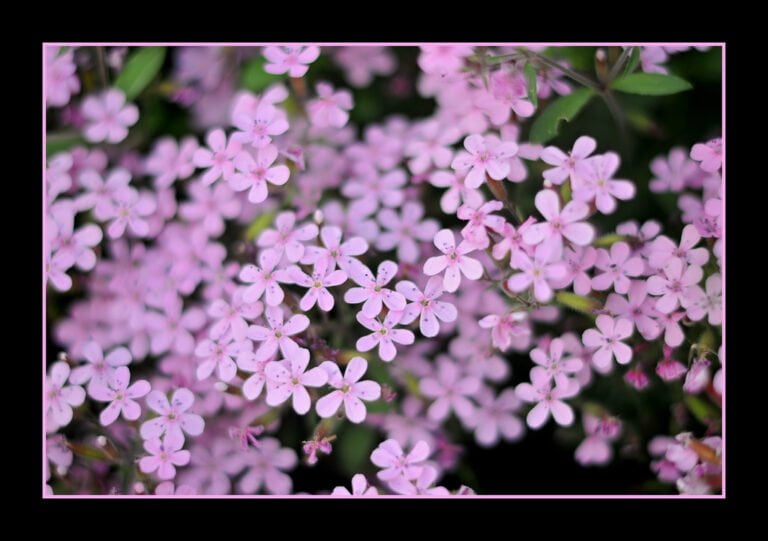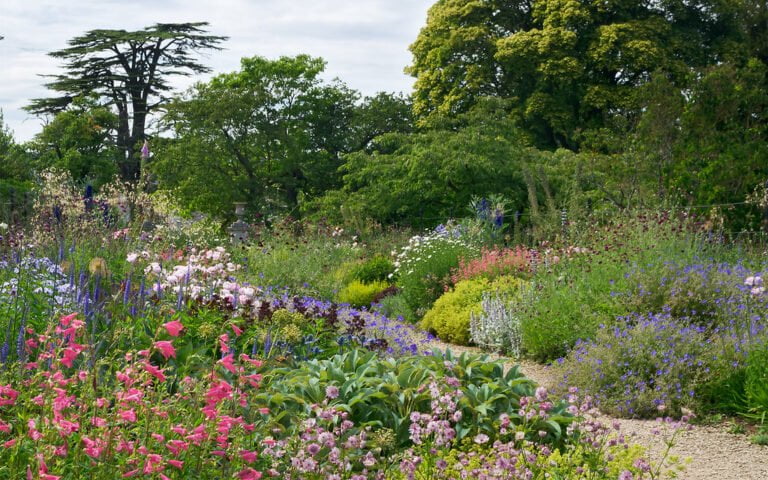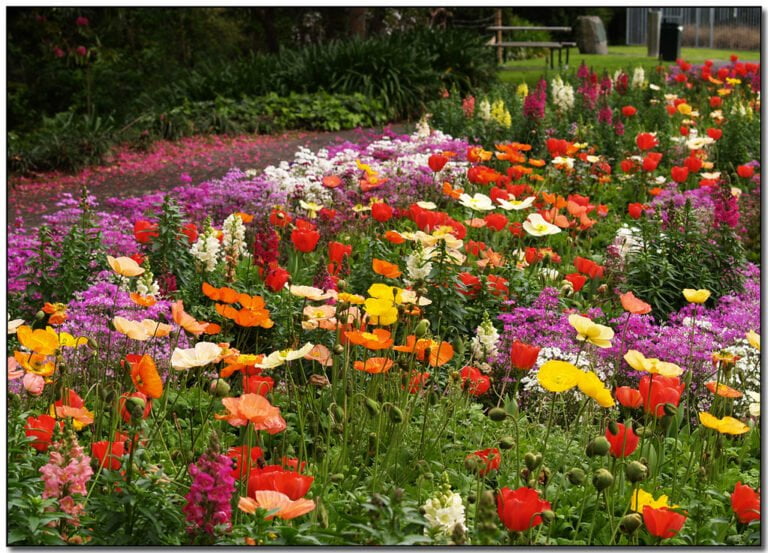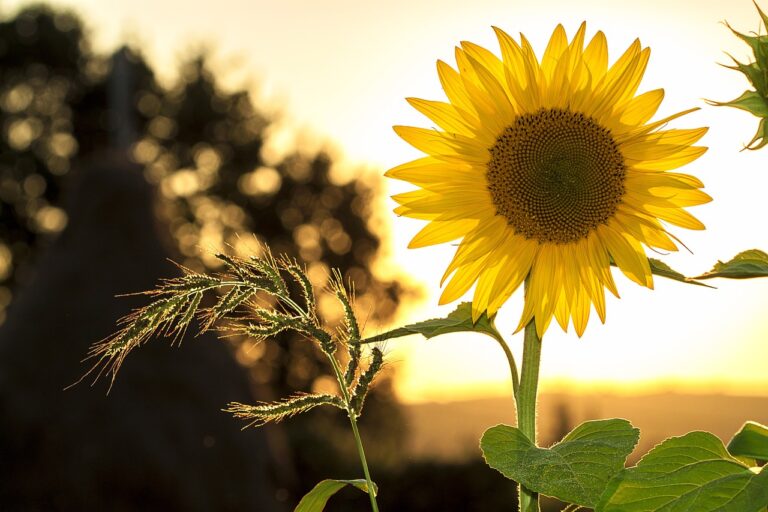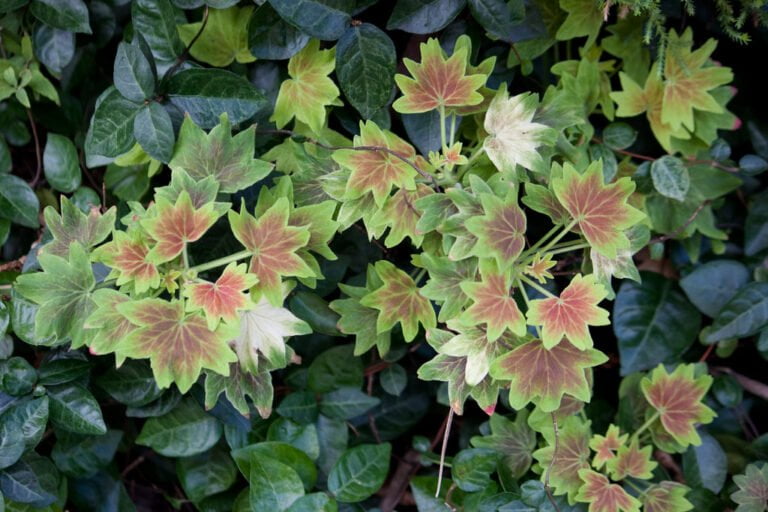Choosing the Right Lighting for Your Indoor Herb Garden
Are you struggling to find the perfect lighting for your indoor herb garden? Look no further! In this article, we'll guide you through the process of choosing the right lighting options and understanding the light requirements for your herbs. We'll also help you consider factors like natural light versus artificial light and different types of artificial lighting. With our practical tips, you'll be able to set up the ideal lighting conditions for your indoor herb garden and ensure its success.
Types of Lighting Options
When choosing the right lighting for your indoor herb garden, you have several options to consider. The first option is natural sunlight. If your garden is located near a window that receives ample sunlight, this can be a cost-effective and beneficial choice. However, if your garden is in a location with limited sunlight or no access to natural light, you may need to explore artificial lighting options. One popular choice is fluorescent lights. These lights are energy-efficient and provide a good spectrum of light for herb growth. Another option is LED lights, which are also energy-efficient and can be adjusted to different color temperatures to meet the specific needs of your herbs. Lastly, there are high-intensity discharge (HID) lights, such as metal halide and high-pressure sodium lights, which are known for their powerful output but are more expensive and generate more heat. Consider your budget, space, and the specific light requirements of your herbs when deciding on the best lighting option for your indoor herb garden.
Understanding Light Requirements
To understand the light requirements for your indoor herb garden, you need to determine the specific needs of each herb. Different herbs have different preferences when it comes to light intensity and duration. Some herbs, like basil and dill, thrive in full sun and require at least six hours of direct sunlight per day. On the other hand, herbs like parsley and mint can tolerate partial shade and need around four to six hours of indirect sunlight. If you have limited access to natural light, you can supplement it with artificial lighting. LED grow lights are a popular choice because they provide the right spectrum of light for plant growth and are energy-efficient. Remember to position the lights at the correct distance from the plants to ensure optimal light absorption. Understanding the light requirements of your herbs will help you provide them with the right conditions for healthy growth and abundant harvests.
Factors to Consider Before Choosing Lighting
Before choosing lighting for your indoor herb garden, consider the various factors that will impact the success of your plants. First, evaluate the natural light available in the space where your herbs will be grown. If the area receives ample sunlight, you may only need supplemental lighting during darker winter months. However, if natural light is limited or inconsistent, you will need to rely on artificial lighting. Next, consider the specific light requirements of your herbs. Different plants have different needs, so choose lighting options that provide the optimal spectrum and intensity for your herbs to thrive. Additionally, think about the size of your garden and the available space for lighting fixtures. Lastly, determine your budget and energy efficiency preferences, as some lighting options may be more cost-effective and eco-friendly than others. By carefully considering these factors, you can choose the right lighting for your indoor herb garden and ensure the health and productivity of your plants.
Natural Light Vs. Artificial Light
Evaluate the effectiveness of natural light versus artificial light for your indoor herb garden based on its availability and the specific needs of your plants. Natural light is the most ideal source for your herbs as it provides a balanced spectrum of light that promotes healthy growth. If your garden receives ample sunlight throughout the day, it is best to utilize natural light. However, if you have limited access to sunlight or your herbs require specific lighting conditions, artificial light can be a viable alternative. LED grow lights are recommended as they emit the necessary wavelengths for photosynthesis and can be adjusted to meet the specific light requirements of different herbs. Consider the availability of natural light and the specific needs of your plants when deciding between natural and artificial light sources for your indoor herb garden.
Different Types of Artificial Lighting
When considering the lighting options for your indoor herb garden, it is important to explore the different types of artificial lighting available. There are several options to choose from, each with its own advantages and considerations. One popular type is fluorescent lighting, which is energy-efficient and provides a good spectrum of light for plant growth. LED lighting is another option, known for its long lifespan and low energy consumption. It emits less heat, making it ideal for small spaces. High-intensity discharge (HID) lighting is a powerful option that produces a strong, focused light. However, it can be expensive and requires proper ventilation. Lastly, incandescent lighting is affordable but not as efficient as other options. Consider the needs of your herbs and your budget when selecting the right artificial lighting for your indoor garden.
The Importance of Light Spectrum
To ensure optimal growth for your indoor herb garden, it is crucial to understand the importance of light spectrum. Light spectrum refers to the different wavelengths of light that are emitted by various light sources. Each wavelength has a unique effect on plant growth and development. When it comes to indoor herb gardens, two spectrums are particularly important: blue and red. Blue light promotes vegetative growth, helping your herbs to develop strong stems and lush foliage. Red light, on the other hand, stimulates flowering and fruiting, allowing your herbs to produce bountiful harvests. By providing your indoor herb garden with a balanced mix of blue and red light, you can ensure that your herbs receive the right spectrum of light for their specific growth needs.
Determining the Right Light Intensity
Wondering how to determine the right light intensity for your indoor herb garden? It's essential to provide your herbs with the optimal amount of light to ensure healthy growth and abundant harvests. The light intensity refers to the amount of light that reaches your plants, and it plays a crucial role in their photosynthesis process. To determine the right light intensity, you can use a light meter or a smartphone app specifically designed for measuring light levels. Aim for a light intensity of around 2000 to 5000 lux for most herbs, but be sure to check the specific requirements of each herb as some may require higher or lower levels. Remember, finding the right light intensity is key to creating an ideal environment for your indoor herb garden to thrive.
Setting Up Lighting for Indoor Herb Garden
To properly set up the lighting for your indoor herb garden, you need to ensure that the light intensity remains consistent throughout the day. This is crucial for the healthy growth and development of your herbs. Start by selecting the right type of lighting for your herb garden. LED grow lights are a popular choice because they provide the right spectrum of light for plants and are energy-efficient. Once you have chosen the lights, it's important to position them correctly. Hang the lights above your herbs, keeping them at a distance of about 6-12 inches from the top of the plants. This will ensure that the light is evenly distributed and reaches all parts of your herbs. Additionally, make sure to adjust the height of the lights as your herbs grow to maintain an optimal distance. Lastly, set up a timer to automate the lighting schedule. Aim for 12-16 hours of light per day, replicating the natural daylight cycle. By following these steps, you can create the perfect lighting setup for your indoor herb garden and enjoy fresh herbs all year round.
Monitoring and Adjusting Lighting Conditions
Now, let's delve into the important task of monitoring and adjusting the lighting conditions for your indoor herb garden to ensure optimal growth and health for your herbs. Monitoring the lighting conditions is crucial because it allows you to make necessary adjustments to provide the right amount and intensity of light for your plants. Start by regularly checking the distance between the lights and your herbs. If the plants are stretching towards the light, it indicates that they need more intensity. On the other hand, if the leaves appear burnt or discolored, it means the light is too intense. Adjust the height or intensity of your lights accordingly. Additionally, keep an eye on the duration of light exposure. Most herbs require 12-16 hours of light per day, so set a timer to ensure they receive the right amount of light consistently. By monitoring and adjusting the lighting conditions, you can ensure that your indoor herb garden thrives and provides you with fresh, flavorful herbs for your culinary adventures.
Troubleshooting Common Lighting Issues
To troubleshoot common lighting issues in your indoor herb garden, start by identifying any signs of inadequate or excessive light exposure. If your herbs are growing tall and spindly, it may be a sign of insufficient light. In this case, you can try moving them closer to a window or adding supplemental lighting. On the other hand, if your herbs are turning yellow or developing brown spots, it could indicate excessive light exposure. Consider moving them away from direct sunlight or providing some shade. Additionally, make sure your light fixtures are positioned correctly and that the bulbs are the appropriate wattage for your plants. Regularly monitor your herb garden and adjust the lighting conditions as needed to ensure optimal growth and health.
Conclusion
In conclusion, choosing the right lighting for your indoor herb garden is crucial for the health and growth of your plants. Understanding the different types of lighting options, as well as the light requirements and intensity needed for each herb, is essential. Whether you opt for natural or artificial light, setting up and monitoring the lighting conditions will ensure your herbs thrive. By troubleshooting any lighting issues that may arise, you can create an optimal environment for your indoor herb garden to flourish.

